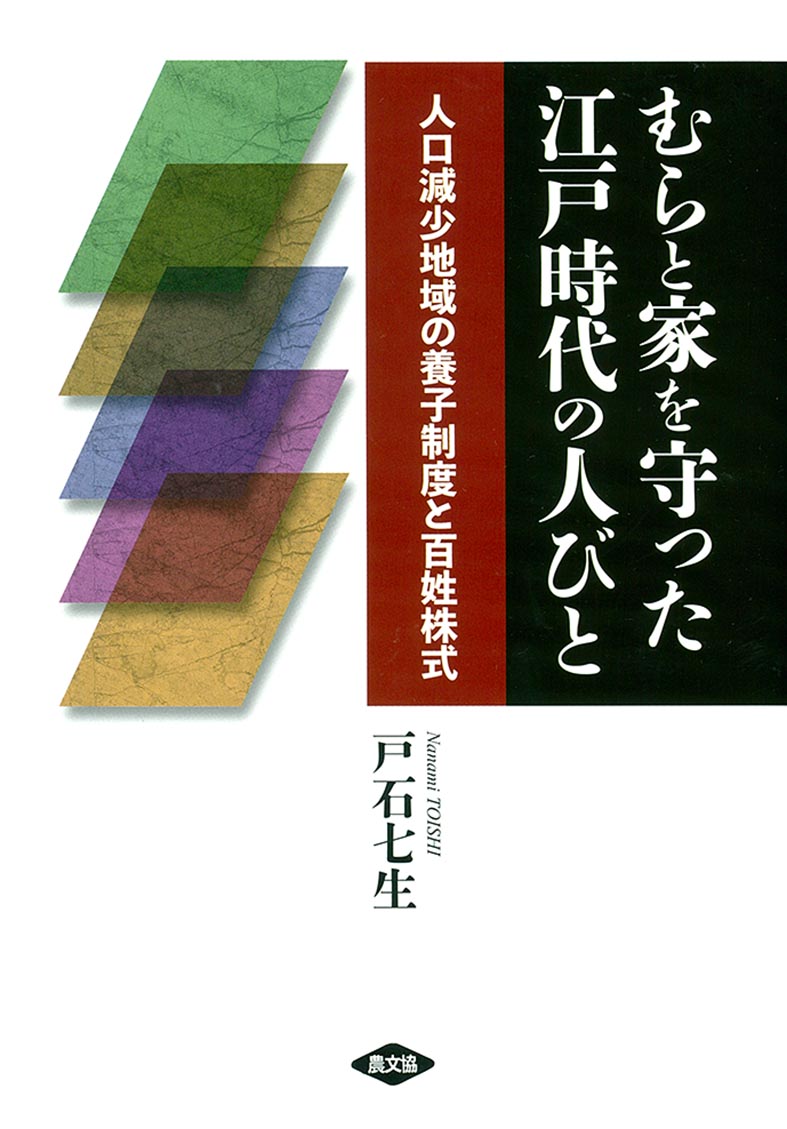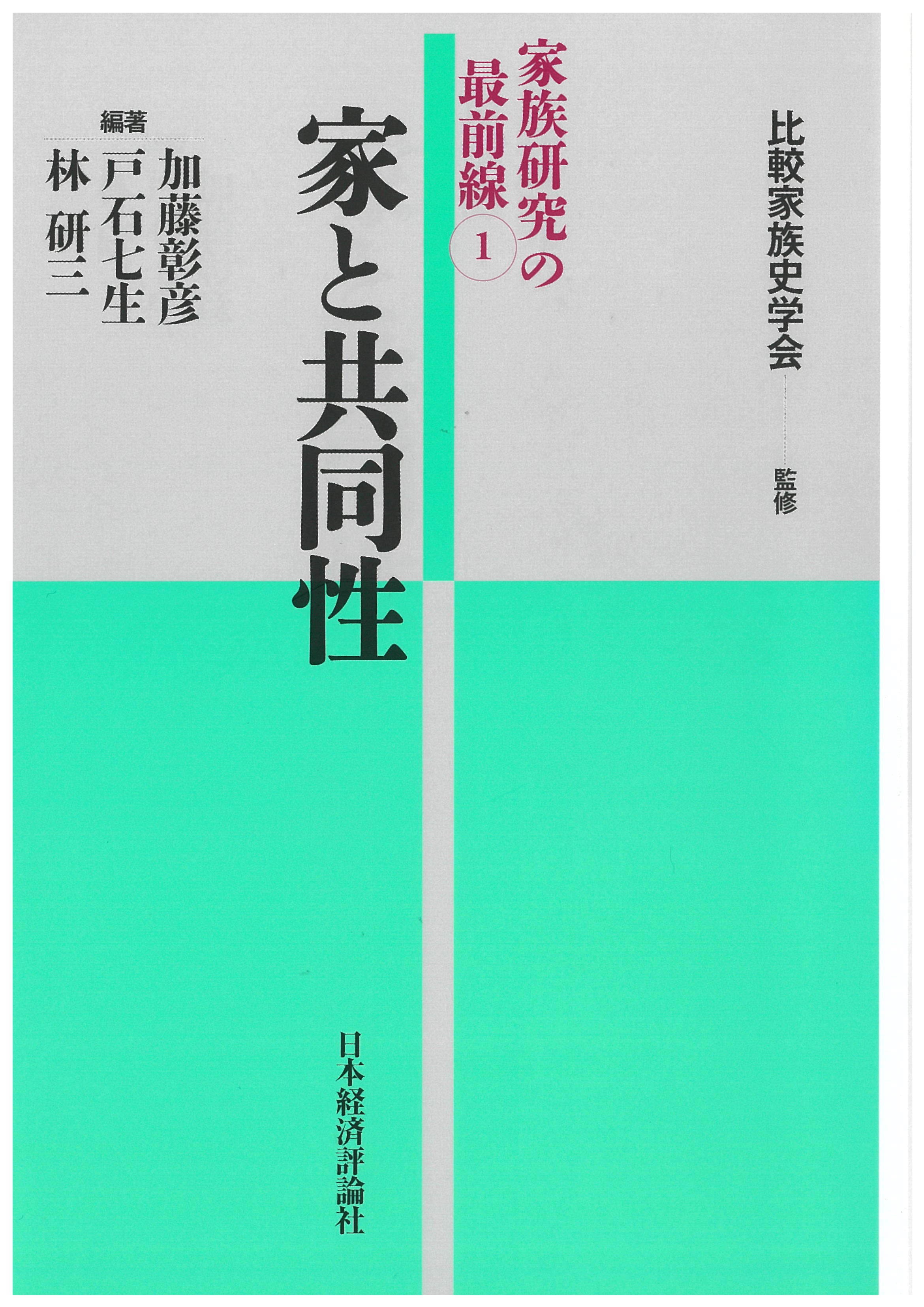
Title
Mura to Ie wo mamotta Edo-Jidai no Hitobito (The People Who Protected Villages and Households in the Edo Period - The Adoption System in Depopulated Areas and Farmer Shares)
Size
272 pages, A5 format
Language
Japanese
Released
November, 2017
ISBN
9784540171857
Published by
Rural Culture Association
Book Info
See Book Availability at Library
Japanese Page
Depopulation in rural villages is not a problem peculiar to the present age. During the Edo period, too, many people in Japan’s rural villages moved to other villages or to towns and cities in search of a better way of life, and as a result villages suffering from a shortage of farming labour were compelled to look for various ways out of this difficulty, one of which was adoption. Early modern Japan was a country where adoption was extremely widespread.
However, many adoptees were adopted as adults and were, moreover, males. Another distinctive feature of adoption in early modern Japan was that in many cases the adoptee and the adoptive parents were not related by blood. Even in the case of adopted sons-in-law, there were instances in which an adoption separate from marriage with the adoptive parents’ daughter was arranged between the adoptee and the adoptive parents. In extreme cases, the adoptive parent was a deceased person. Why were so many adoptees adult males in early modern Japan? And why were there adoptions in which the adoptive parent was a deceased person?
The primary reason for adoption in early modern Japan diverges considerably from the framework of adoption for the sake of protecting children without kith or kin, characteristic of Western research on adoption. Also inadequate is the explanation proposed in Japanese research, namely, that the aim of adoption was to secure an heir, for in the case of adoptions in which the adoptive parent is someone who has already died, there is no motive on the part of the adoptive parent to secure an heir. For whom, then, was adoption necessary?
In order to analyze adoption among farmers in early modern Japan, in this book I endeavour to explain it not just from the viewpoint of adoption for the sake of the household, but also from the viewpoint of adoption for the sake of the village.
Following a review of previous studies, it became clear that in many villages in early modern Japan a set of rights consisting of village membership (primarily participation in village assemblies and festivals) and the right to use residential land, farmland, and forest land needed for farming constituted “kabushiki” (farmer share) that were controlled not only by individual households but also by the village. Moreover, it has been shown by Japanese researchers of Indian history that this system in which the village controlled village membership and the necessary means for farming was found not only in Japan but also in early modern western India.
Therefore, for both villages and households the aim of adoption among farmers was not the protection of children without kith or kin but the transfer of kabushiki. An analysis of local documents such as adoption certificates and notifications of transference from one village to another shows that adoption in which the adoptive parent was a deceased person represented a means for a village to secure someone to take charge of a farm-management unit that had been left unattended.
In conclusion, it has become clear that the primary aim of adoption among farmers in early modern Japan was to secure people to take charge of farm-management units that had been left unattended, and the preference for adults, especially males, arose as a result of this.
A lack of farm labour has long been the greatest problem facing present-day Japanese villages. Because of a declining birthrate, it has become difficult for blood relations to take over farms, and the importance of inheritance by third parties is growing. The experiences of early modern villages may well offer some suggestions for people today, too.
(Written by TOISHI Nanami, Associate Professor, Graduate School of Agricultural and Life Sciences / 2020)



 Find a book
Find a book


